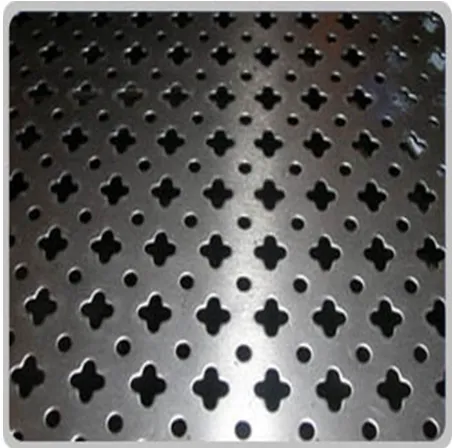Temporary Paddock Fencing A Practical Solution for Livestock Management
In the realm of livestock management, ensuring the safety and well-being of animals is of paramount importance. One of the essential components of this endeavor is effective fencing, which not only secures the animals but also defines their living space. Among the various types of fencing available, temporary paddock fencing has emerged as a practical and versatile solution. This article explores the benefits, applications, and considerations of temporary paddock fencing in agricultural settings.
What is Temporary Paddock Fencing?
Temporary paddock fencing is designed to be a flexible and movable solution for containing livestock. Typically made from materials such as plastic, steel, or wood, these fences can be erected and dismantled quickly, making them ideal for farmers and ranchers who require adaptability in their grazing systems. Unlike traditional, permanent fencing, temporary options can be repositioned to create new grazing areas or adapt to changing landscape conditions.
Benefits of Temporary Paddock Fencing
1. Flexibility and Adaptability One of the most significant advantages of temporary paddock fencing is its flexibility. Farmers can easily adjust the size and shape of paddocks based on the number of animals, grazing needs, and pasture conditions. This adaptability allows for more efficient land use and can enhance pasture recovery.
2. Cost-Effectiveness Temporary fencing options are typically less expensive than permanent installations. They require less upfront investment and can be repurposed for different areas on the farm as needed. This cost-effectiveness makes temporary fencing an attractive option for smaller farms or those looking to minimize expenses.
3. Ease of Installation Setting up temporary paddock fencing requires minimal tools and labor. Many temporary fencing systems come with user-friendly components such as pre-assembled panels or easy-to-install posts. This ease of installation saves time and labor costs, making it a practical choice for busy farmers.
4. Enhanced Pasture Management Rotational grazing is an effective technique for improving pasture health and animal nutrition. Temporary paddock fencing allows farmers to create smaller grazing areas that can be rotated, enabling plants to recover and grow stronger. This practice can lead to improved soil health and increased forage production.
5. Animal Safety and Control By effectively enclosing livestock, temporary fencing helps prevent animals from straying into hazardous areas, such as roads or densely wooded regions. This not only protects the animals but also enhances overall farm safety.
temporary paddock fencing

Applications of Temporary Paddock Fencing
Temporary paddock fencing can be used in various applications, including
- Rotational Grazing Farmers can create multiple paddocks to rotate livestock, promoting better pasture management and grazing efficiency. - Short-Term Enclosures When new animals arrive on the farm or when animals need to be separated for medical treatment, temporary fencing provides a quick and effective solution.
- Event Management For farmers hosting events, such as farm tours or educational workshops, temporary fencing can help control crowds and provide safe areas for animals.
- Research and Experimentation Agricultural researchers can utilize temporary paddock fencing to conduct studies or experiments in controlled environments.
Considerations When Choosing Temporary Paddock Fencing
While temporary paddock fencing offers numerous benefits, there are considerations to keep in mind. The type of material used (plastic vs. metal), the height of the fence, and its installation method should all be chosen based on the specific livestock being contained. For instance, cattle may require sturdier fencing compared to sheep, which can escape through smaller openings.
Additionally, it’s important to regularly inspect and maintain temporary fencing to ensure its integrity and effectiveness. Proper planning and organization are essential to maximize the benefits of this flexible fencing solution.
Conclusion
Temporary paddock fencing is a valuable tool for modern livestock management, offering flexibility, cost savings, and enhanced pasture management. By understanding its benefits and applications, farmers can make informed decisions that optimize their operations and promote animal welfare. Whether for rotational grazing or simply to create a safe space for livestock, temporary fencing represents a practical solution in the evolving landscape of agriculture.
-
Turn Down the Noise: The Future of Highway Sound Barriers
NewsApr.09,2025
-
Silence the Sound: The Power of Highway Noise Barriers
NewsApr.09,2025
-
Reduce Road Noise Effectively with Highway Noise Barriers
NewsApr.09,2025
-
Noise-Free Living: How Highway Barriers Make a Difference
NewsApr.09,2025
-
Engineered for Silence: Highway Noise Barriers for Every Road
NewsApr.09,2025
-
Effective Noise Control: Highway Barriers for a Quieter Tomorrow
NewsApr.09,2025
Subscribe now!
Stay up to date with the latest on Fry Steeland industry news.

